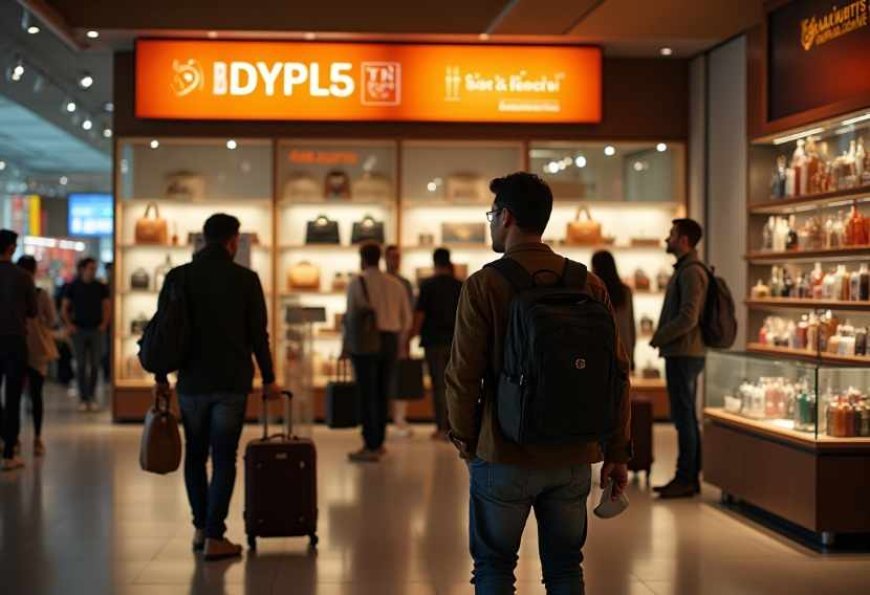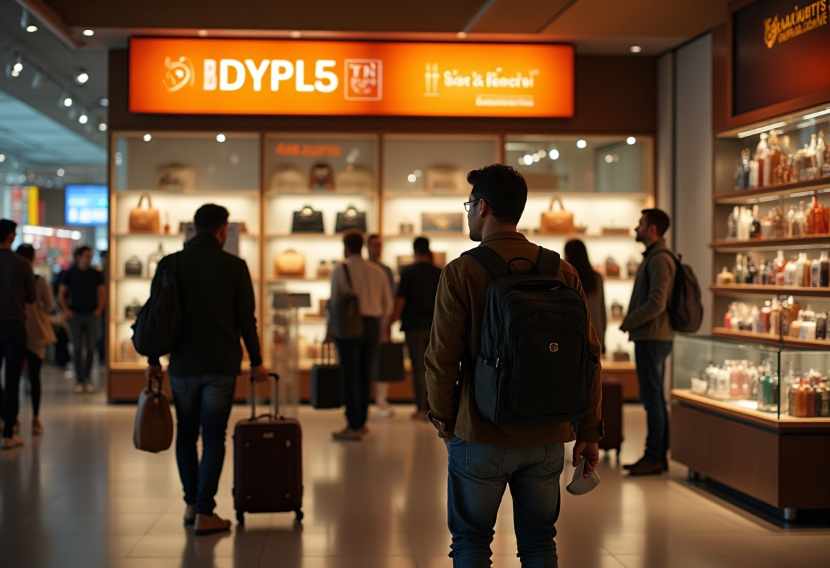Duty-Free No More? How Trump’s Tariffs Are Changing the Shopping Landscape for Travel Enthusiasts: Everything You Need to Know


For global travelers, duty-free shopping has long represented a welcome advantage, permitting notable savings on high-ticket categories such as designer apparel, spirits, cosmetics, and electronics. The prospect of avoiding consumption taxes on expensive goods has cemented such shopping experiences as a customary component of the journey, especially situated in airport terminals and at international land borders. Yet the import tariffs introduced during the latter Trump administration are prompting a reassessment of how robust those savings truly are, with travelers discovering that the delta between domestic and duty-free pricing has narrowed in ways that the earlier model did not anticipate.
Tariffs designed to reduce the volume of particular imports—most prominently those sourced from China—are levied at port entry and are seldom itemized for the final consumer. While the duty-free statute still allows for exemption from excise, the imported merchandise already adjusted for the new tariff schedule must recomputed, and the arithmetic is seldom in the shopper’s favor. The result has induced ambiguity throughout the travel and tourism sector, as operators who once confidently projected arithmetic discounts are now confronted with variable margins that influence consumer perception of overall value.
In this shifting commercial landscape, travel advisors, tour operators, and tourism stakeholders are obliged to reassess the dynamics of the duty-free offering. A nuanced grasp of tariff scales and their cascading effect on retail pricing will enable these professionals to furnish informed counsel and to align client expectations with the realities that travelers are likely to encounter once they reach the point of sale.
Understanding the Impact of Tariffs on Duty-Free Shopping
Tariffs are taxes placed on goods that are imported from one country to another, and their primary goal is to make imported goods more expensive in order to encourage consumers to purchase domestic products. The tariffs implemented by the Trump administration cover a wide range of consumer goods, including electronics, clothing, and luxury items. For travelers, these tariffs can result in higher prices for goods that they might traditionally purchase at duty-free shops.
However, the effect of tariffs on pricing isn’t always straightforward. While it’s reasonable to assume that the added cost of tariffs would raise prices, retailers, including those in duty-free shops, may absorb some of the costs to stay competitive. This means the exact impact on consumer prices can vary depending on the retailer’s strategy. Some may raise prices to reflect the higher costs, while others may absorb the cost or find ways to offset the impact through promotions or discounts.
For duty-free shops, this is a critical concern. These shops, which often offer competitive pricing by bypassing national taxes and duties, may face challenges in maintaining their traditional price advantage if tariffs are added to the costs of goods. As a result, travelers may find that the savings from duty-free shopping are not as large as they might expect.
Pricing Dynamics in Duty-Free Shops
While duty-free products are sold without national taxes, retailers often still mark up the prices on these goods to maintain profitability. This markup is especially apparent for high-demand items like designer bags, luxury watches, and electronics. The reality is that many duty-free shops are not as cheap as they seem—the discounts are often relative and don’t always deliver the massive savings travelers assume.
With the added complexity of tariffs, these markups could become more pronounced. If the duty-free shops are faced with higher costs due to tariffs on luxury goods, they might pass these increases directly onto consumers. This can lead to higher prices for popular travel retail items, eroding the perceived value of buying in duty-free stores.
The result is that travelers may no longer find the “great deals” they’re used to, especially on goods subject to tariffs. For example, designer purses or luxury electronics might see price increases, while other items like alcohol or cosmetics could remain relatively unaffected.
The Influence of Tariffs on the Travel and Tourism Industry
Travel and tourism professionals need to adjust to these shifting realities in order to provide value to clients. The impact of tariffs on the prices of duty-free goods means that tourists may not be able to enjoy the same level of savings they once expected. For tourism operators, understanding this shift is crucial when promoting destinations, shopping, and duty-free shopping tours to clients.
The duty-free shopping experience has often been marketed as a luxury experience for travelers looking to buy high-end goods at a discount. However, the uncertainty around tariffs has made it harder to guarantee those savings, and tourists may now prefer to purchase goods from local stores or online retailers instead of duty-free shops. This could affect not only the sales at airports but also how tourism operators market destinations with duty-free shopping as a major draw.
Furthermore, some tourism businesses may need to reconsider how they incorporate shopping experiences into their travel packages. For instance, if travelers are being advised to avoid the duty-free shops due to the inflated prices, operators may need to highlight other experiences or shopping opportunities that offer better value.
How Travelers Can Navigate the Duty-Free Shopping Landscape
Despite the potential challenges posed by tariffs, there are still ways for travelers to maximize savings while shopping abroad. To make the most of duty-free shopping:
Research Prices: Before making a purchase, check the price of the desired items in local stores or online retailers. This will give travelers a benchmark for comparing prices in duty-free shops.
Focus on Non-Tariffed Items: Certain goods, such as local wines, spirits, or handmade crafts, may not be affected by tariffs and could still provide excellent value for money.
Stay Informed: Keep an eye on changes in tariff policies, which could impact the prices of items in duty-free shops. Understanding the types of goods affected by tariffs will help travelers avoid overpaying for products.
Consider Alternatives: If duty-free shopping doesn’t offer the best deal, consider buying items locally or through reputable online retailers that may offer competitive prices.
A New Reality for Duty-Free Shopping and Travel
Duty-free shopping has traditionally provided a tempting lure of discounted goods to travelers, yet the implementation of Trump tariffs has begun to peel back the veneer of those perceived savings. Vacationers and travel advisers alike must now factor tariffs into product pricing, prompting a closer examination of whether the ultimate cost is truly a bargain. Advanced price research and the exploration of substitute goods are advisable to avoid unpleasant surprises at the border.
For the travel and tourism sector, an astute grasp of evolving consumer response is imperative for maintaining market edge. By recalibrating the branding of duty-free channels and equipping travelers with precise and timely pricing data, operators can deliver an experience that continues to resonate with a consumer cohort increasingly versed in scrutinizing value. Such proactive adjustments will sustain the relevance of duty-free offerings in a landscape defined by heightened price sensitivity and tariff complexity.
The post Duty-Free No More? How Trump’s Tariffs Are Changing the Shopping Landscape for Travel Enthusiasts: Everything You Need to Know appeared first on Travel And Tour World.






